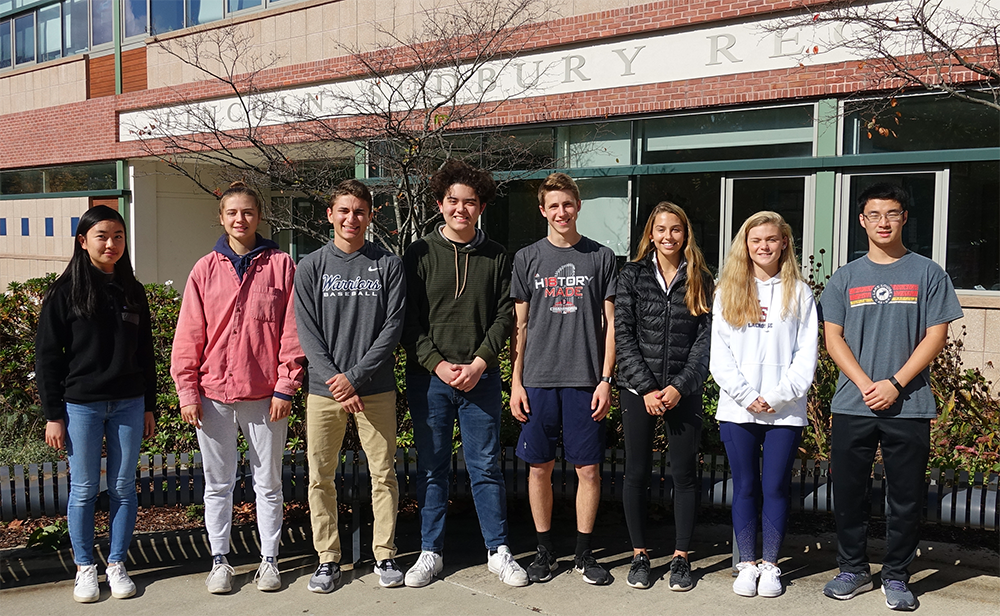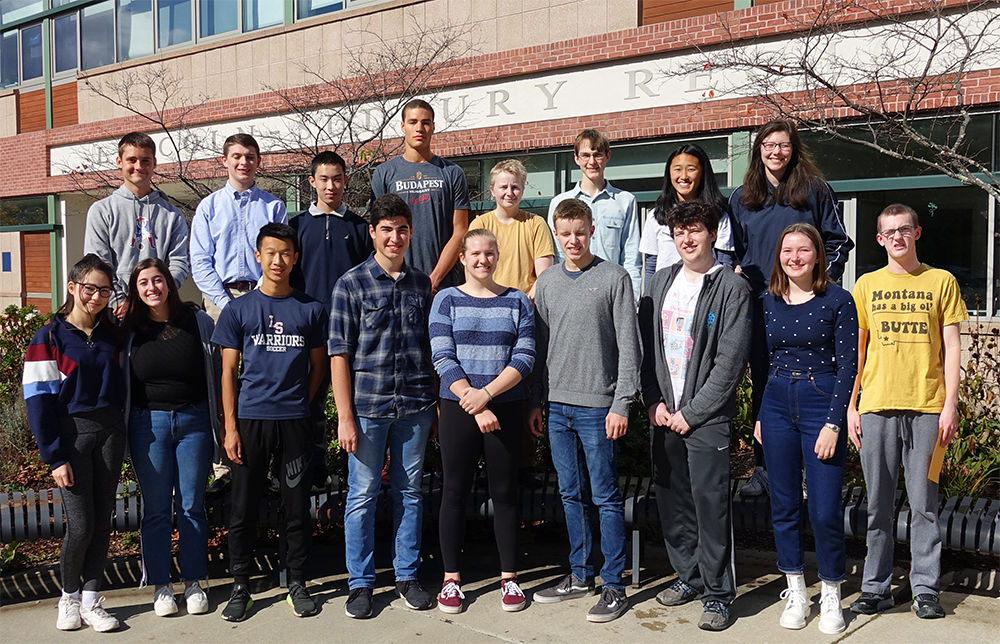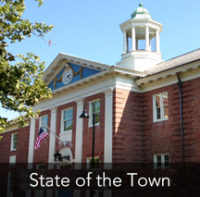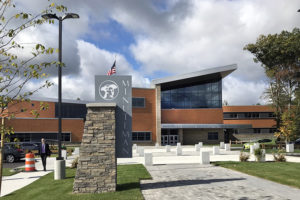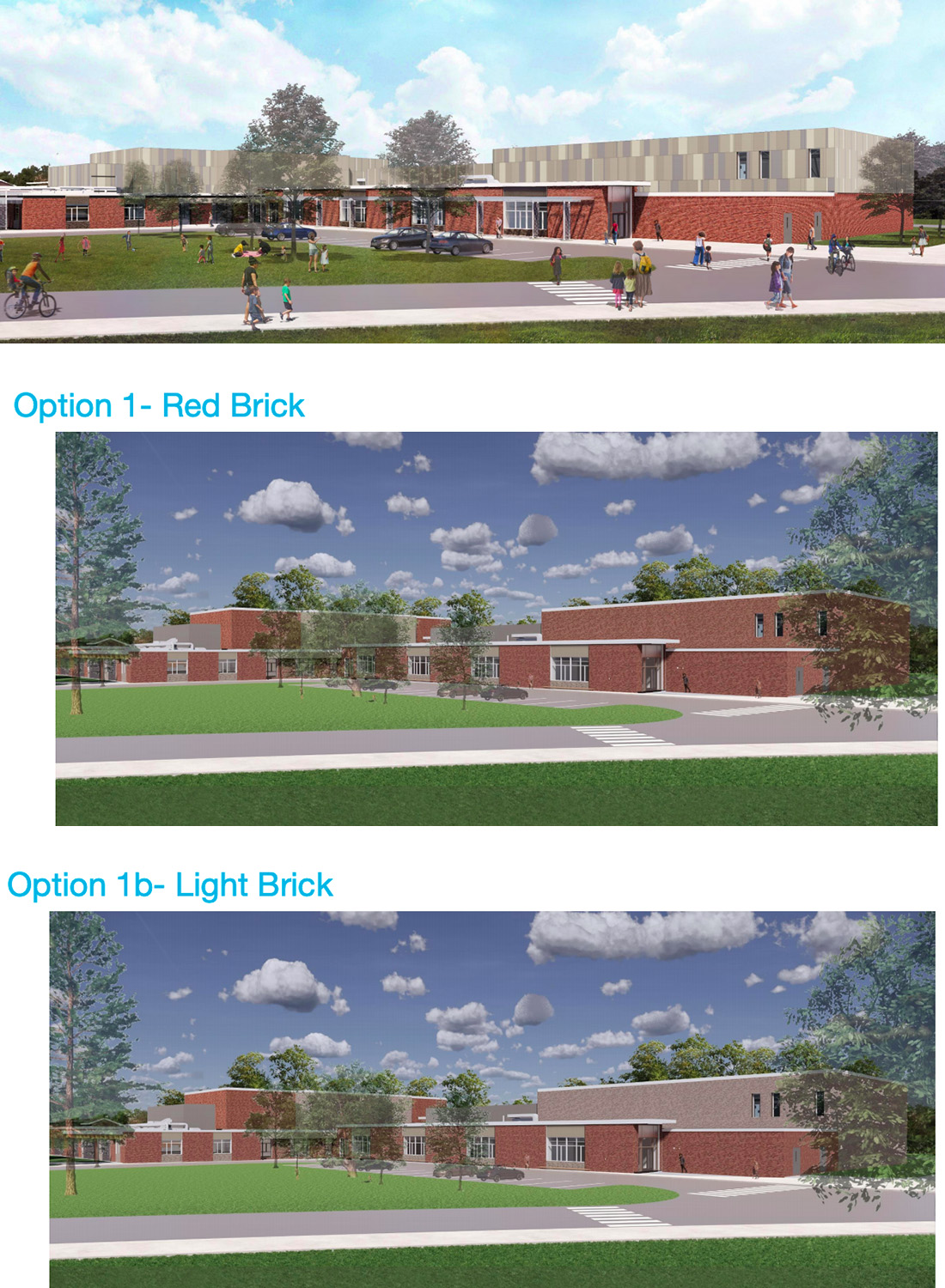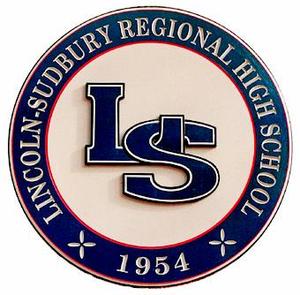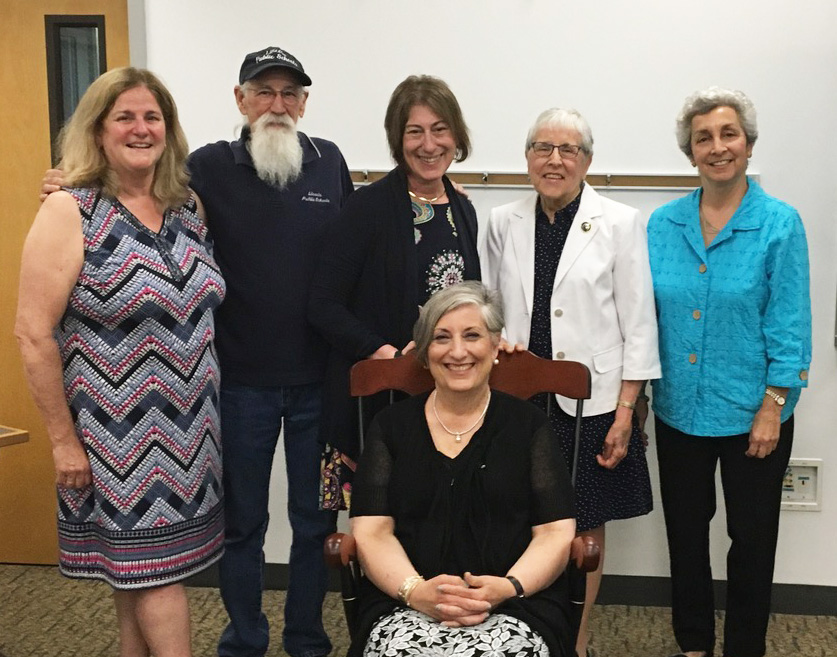(Editor’s note: this story has been updated.)
Items including new trees, some of the playground equipment, and sunlight-controlling window devices totaling $3.5 million were chopped—at least temporarily—from the school project last week after construction bids came in at $3.5 million higher than budgeted.
The School Building Committee (SBC) got the bad news when bids were opened on January 29 and voted on February 12 to approve cuts to close the gap. The newly deleted line items include:
- $1.2 million for planting new trees, concrete walkways and bike paths, half the playground equipment, an auditorium divider and theatrical rigging, and sunlight-controlling window devices
- $1.5 million (of the $2.1 million originally budgeted) for furniture, fittings, equipment, and technology
- $254,000 for auditorium seating, carpeting, and stage paneling
- $782,000 for using a different foundation pouring method and less expensive new caseworks, as well as not demolishing and removing the temporary classrooms.
In a bit of good news, the $254,000 for the auditorium refurbishment was restored after it recently became clear that the work could be funded from the estate of the late Harriet Todd, a former Selectman who died in 2018 and left $500,000 to the town in her will. Her family agreed that some of that bequest could be spent on the auditorium; the rest will endow a scholarship for Lincoln students.
Some of the other items that the SBC cut may not be gone for good. After a flurry of meetings this week, the Board of Selectmen approved a Special Town Meeting (STM) to vote on restoring some of them with money from a different source. The STM will take place at the start of the Annual Town Meeting on March 28.
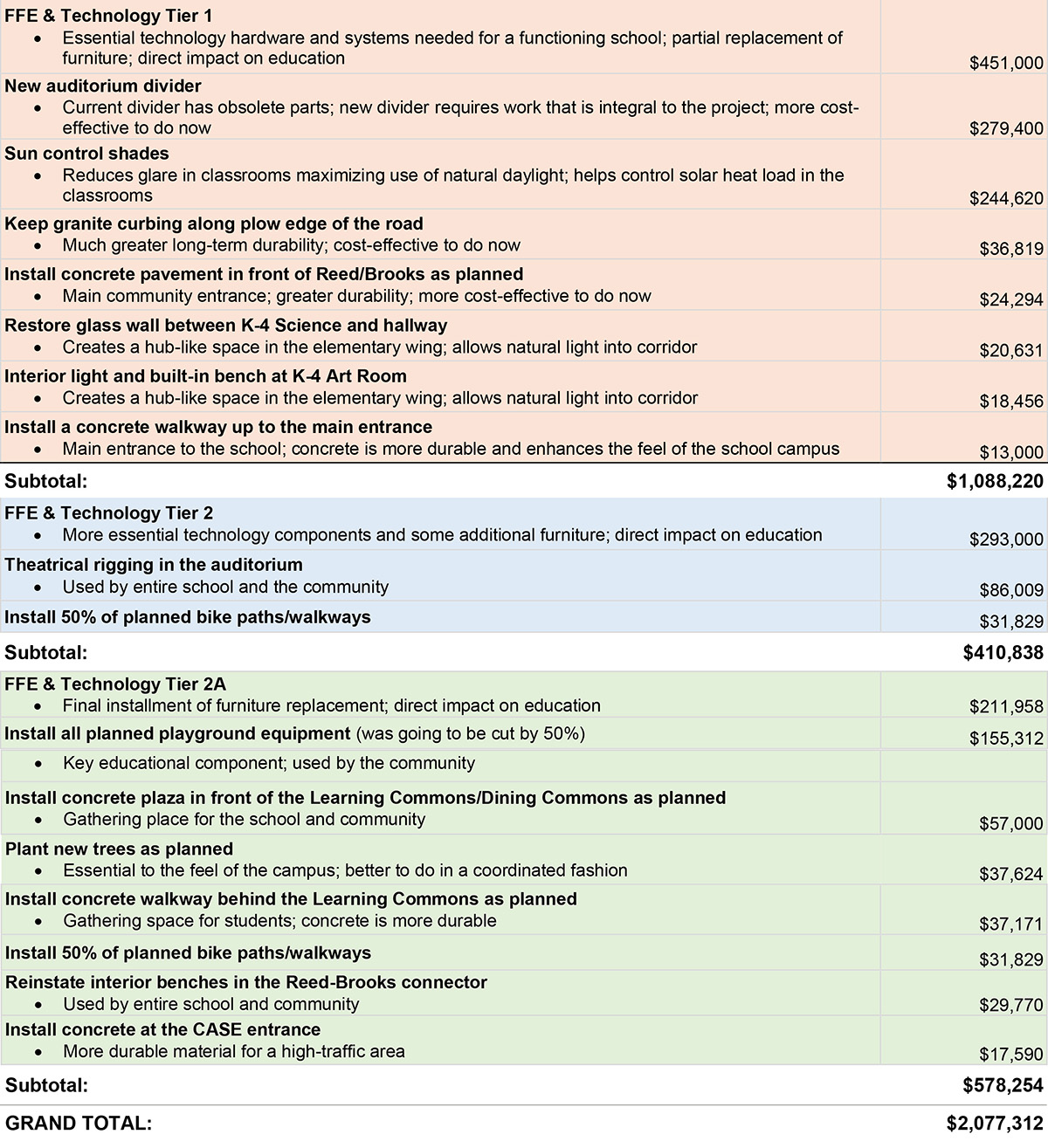
The three buckets of items the SBC hopes to restore to the school project. Items in peach are the SBC’s top priority, those in blue are second priority, and green is third priority. Click image to enlarge.
On February 26, the SBC went over its previous list of cuts and parceled them into “buckets” that they hope to offer for STM votes (see illustration). The three buckets, which total $2.08 million, are in descending order of how critical the SBC feels the items are. If the first set (peach) is approved, there will then be a vote on group #2 (blue), and then another vote on the third set (green) if group #2 is also approved. But if any bucket is voted down, there will not be a vote on the next set.
Residents approved a budget of $93.9 million for the school in December 2018. Since the school project cannot increase its previously approved budget, money to restore any of the cuts would have to come from another source and would therefore require residents’ approval. Those sources, as identified by the Finance Committee on February 25, include:
- Free cash. Officials have already targeted spending $1.5 million from free cash to upgrade the town’s public safety radio system. However, that item on the ATM warrant could be passed over if residents at the STM decide to spend some or all of that money on the school instead. The first two buckets of potentially restored cuts add up to $1.499 million.
- Tapping the town’s stabilization fund, which currently stands at $2.2 million (this would require a two-thirds majority vote at Town Meeting). Town Finance Director Colleen Wilkins said this week that depleting the stabilization fund even to zero would not affect the town’s AAA bond rating.
- Borrowing via a capital or debt exclusion. This would require a two-thirds majority at Town Meeting plus a simple majority at the ballot box.
At their meeting on Tuesday, the Finance Committee also expressed concern about how town officials and contractors misread the market and didn’t build in enough bidding contingency funds. “The cost escalation moved very quickly [from an expected 5-6% to 8%], and we may not have understood the preference for new construction” by contractors bidding on Lincoln’s complex renovation project, SBC chair Chris Fasciano told Selectmen on Monday.
Finance Committee members voted 5-2 to “roll back” and reopen its deliberations on the large budget requests (e.g., public safety radio) for fiscal 2021 in anticipation of the SBC’s budget request. They will then deliberate those requests at one or more meetings before Town Meeting and make a recommendation, which might include supporting the SBC’s request, supporting only portions, not supporting it, or having some other recommendation(s).
FinCom members Tom Sander and Elisa Sartori voted against the motion. “I would like to have voters vote at Special Town Meeting decide on whether they want to put additional money into the school project to preserve these important items that SBC was forced to cut and which otherwise will never be part of the building,” Sander said later. “And I actually personally favor funding these. But I see our role on FinCom as being neutral fiscal trustees of the town. And I feared that undoing our vote to fully fund the police and fire radio project for this coming fiscal year would not as concretely and objectively pose to residents what we (FinCom) would have planned to do with this free cash if it wasn’t put into the school. As long as it is clear to voters at Town Meeting that this is not simply $1.5 million of free cash sitting idle with no other planned uses for it, I’m fine with the vote that FinCom approved.”
“It’s a hard ask,” Selectman Jennifer Glass acknowledged at the SBC meeting. “But in my opinion, this is the moment to say to the town that we have a set of choices. We have a great project as it is, but we have some decisions that, if we don’t make them now, we’ve lost things as part of this project.”


